Sataplia Reserve: Dinosaurs, Caves, and Colchic Forest
Welcome to Sataplia, a one-of-a-kind natural wonder in Georgia’s Imereti region, not far from Kutaisi. Sataplia is famous for having a unique mix of attractions all in one place. These include real, fossilized dinosaur footprints, a beautiful cave with amazing rock formations, a protected piece of ancient Colchic forest, and a stunning glass viewpoint that lets you see a lot of the surrounding area. Families, school groups, and anyone else who likes nature and history will love it here.
The “Place of Honey”
Sataplia was first set up in 1935 to protect the amazing dinosaur footprints that were found there and the beautiful natural environment around them. “Sataplia” means “place of honey” in Georgian. This is probably because wild bees used to make hives in the small caves and hollows of the mountain. Sataplia is now run as a reserve that protects its treasures and lets people visit to learn and have fun. It is part of the bigger Imereti Caves Protected Areas system.
Exploring Sataplia’s Treasures
You can go to different places in a short walk at Sataplia. You begin by learning about the dinosaurs that lived in this area millions of years ago. A special building protects the real footprints that were left in the mud and then turned to stone. This is a rare and exciting sight! From there, a nice path takes you through a beautiful example of a Colchic forest. This kind of forest is unique to this area. It has thick green trees, vines, and plants that have been around since before the last Ice Age.
After that, the path leads you into Sataplia Cave. Inside, guides show you incredible shapes that have formed over thousands of years by dripping water. These shapes are called stalactites (hanging from the ceiling) and stalagmites (growing from the floor). You can see the cave’s beauty better when it’s lit up, and you might even see a stalagmite that looks like a heart! After the cave, the path goes up to a modern wonder: a glass panoramic viewpoint built over the edge of the cliff. The glass floor gives you a thrilling feeling and lets you see a lot of Kutaisi, the Rioni River Valley, and the hills around it.
It’s easy to get to Sataplia from Kutaisi, and the visitor center, cafe, and clear paths make it a well-organized place to visit. It’s a small area, so you can see all the main sights in just a few hours. This is a great example of how Georgia protects its natural and historical heritage while also sharing it with the rest of the world.
Reserve Overview at a Glance
Official Name:
Sataplia Managed Reserve, but people usually just call it Sataplia. It is part of the Imereti Caves Protected Areas and is managed there. (Note: The old name includes “State Nature Reserve,” but the current official name and role are more like a Managed Reserve.)
Protected Area Type:
Managed Reserve (IUCN Category IV). This type is all about protecting natural features while still allowing for tourism, education, and recreation that doesn’t harm the environment.
Established:
The reserve was first set up in 1935. More recently, the modern visitor complex and infrastructure were built.
Managing Body:
The Imereti Caves Protected Areas Administration runs the Agency of Protected Areas (APA) of Georgia, which is in charge of the area.
Location and Getting There
Location:
Tskaltubo Municipality in the Imereti Region of Georgia.
Map/Coordinates:
About 42°18′ N and 42°40′ E. You can get maps at the visitor center and on the APA website.
Closest Cities/Towns:
The closest city or town is Kutaisi, which is about 10 km away and is the third largest city in Georgia. Tskaltubo, a spa town, is also close by.
How to Get There:
It’s very easy to get there. It takes about 15 to 20 minutes to drive from Kutaisi. You can easily get taxis, marshrutkas (minibuses), or organized tours from Kutaisi. The road is paved and can be used by any kind of car.
Closest Airport:
The closest airport is Kutaisi International Airport (KUT).
Landscape and Geography
Area:
The Managed Reserve is about 330 hectares (3.3 km²) in size. This area is mostly made up of the main tourist route and facilities.
Topography:
The Kolkheti Lowland’s edge is on Sataplia Mountain, which is a low, limestone hill covered in forest. The height is about 350 to 500 meters above sea level.
Geology and Key Features:
Karst landscape made of limestone. Some of the most important features are:
- Sataplia Cave is a karst cave that is well-known for its speleothems, which are stalactites and stalagmites.
- Fossilized dinosaur footprints that have been preserved in limestone beds from the Cretaceous period.
- The Glass Panoramic Viewpoint is a modern building that gives you a wide view.
Hydrology:
The cave was made by underground karst water systems that are now the main source of water. There may be small streams that come to the surface in some places.
Climate:
The climate is humid subtropical. The winters are mild and wet, and the summers are hot and humid. You can visit all year, but it does rain a lot.
Why is Sataplia Important?
Reason for Designation:
To protect the unique combination of paleontological heritage (dinosaur footprints), geological features (karst cave), and the surrounding Colchic forest ecosystem, while also giving visitors a chance to learn and have fun.
Key Values:
Very important for its:
- Paleontology: Dinosaur footprints that are hard to find but easy to get to.
- Speleology: A beautiful and easy-to-get-to karst cave.
- Biology: The Colchic forest habitat has been preserved.
- Education: A great place to learn about geology, paleontology, and the ecosystems in your area.
- Recreation: A popular tourist spot with one-of-a-kind things to do.
International Recognition:
The Imereti Caves Protected Areas are part of the Caucasus biodiversity hotspot, which means they add to the ecological value of the area as a whole. It is probably one of Georgia’s Emerald Network sites.
Biodiversity: The Park’s Natural World
Ecosystems and Habitats:
Colchic broadleaf deciduous forest and cave ecosystem.
Key Plant Species:
There are a lot of trees in this area, such as Hornbeam, Oak, Beech, Chestnut, Lime (Linden), and Maple. There are a lot of evergreen shrubs in the understory, such as Rhododendron Ponticum, Cherry Laurel, holly, ivy, and different types of ferns. Many plants are relict species, which means they lived before the Ice Ages.
Key Animal Species:
- Common forest mammals are Roe Deer, Badger, Marten, Fox, and Jackal. The cave is home to bats.
- Birds: Different kinds that are common in deciduous forests.
- Cave Fauna: Bats and different kinds of invertebrates that have adapted to living in caves. Some of these animals may only live in that cave or region.
Endangered/Rare Species:
Some bats that live in the cave may be protected by law in their home country or around the world. The Colchic forest is an important remnant ecosystem in and of itself.
Planning Your Visit
Visitor Center:
Yes, there is a modern visitor center at the entrance complex. It has a cafe, restrooms, a small museum/exhibition area, and tickets, information, and guided tours (which are required for the cave). You can find contact information on the website of the Agency of Protected Areas.
Hours and Seasons:
Open all year, usually from 10:00 AM to 6:00 PM (the last entry may be earlier). It is important to check the official APA website for current hours and days of operation before going, as it is usually closed on Mondays.
Entrance Fees and Permits:
You have to pay to get in. Most of the time, the fee includes access to the glass viewpoint, the dinosaur footprint pavilion, the guided cave tour, and the forest path. You can buy tickets at the visitor center. You can find prices on the APA website.
Trails and Routes:
A well-kept, circular path connects all of the main attractions. The path is mostly made of boards or pavement. The whole walk takes about 1.5 to 2 hours and is easy enough for most people to do.
Activities:
Seeing dinosaur footprints, taking a guided tour of Sataplia Cave, walking along the Colchic forest trail, going to the glass panoramic viewpoint, and looking around the small museum exhibit.
Accommodation:
No lodging is available inside the reserve. In the nearby cities of Kutaisi and Tskaltubo, there are many places to stay, such as hotels, guesthouses, and apartments.
Facilities:
A visitor center, a cafe, a shop for souvenirs, restrooms, paved paths, information signs, benches, dinosaur models (in the park area), a glass viewpoint, and lighting in the cave.
Safety Advice:
- Wear shoes that are comfortable to walk in.
- When it rains, paths can be slippery, especially inside the cave.
- Stay on the paths that are marked.
- Do what the guide inside the cave tells you to do.
- The glass viewpoint can only hold so many people at once.
Park Rules and Regulations
Code of Conduct:
Stay on the marked paths. Don’t touch stalactites, stalagmites, or dinosaur footprints in caves. Put all of your trash in the right bins. To be polite to nature and other visitors, don’t make loud noises.
Prohibitions:
No smoking is allowed inside buildings or the cave. You can’t touch fossils or cave formations at all. You can’t collect rocks, plants, or any other natural thing. It is not a good idea to feed animals. Check the rules to see if pets are allowed in the cave or footprint pavilion. The administration probably needs to give you special permission to use drones. You can’t make fires.
Zoning:
There is a set path for visitors to follow in the main area. It may not be possible to get to the larger forest reserve area.
Conservation and Management
Managing Body:
The Agency of Protected Areas (APA) of Georgia is in charge of managing the Imereti Caves Protected Areas Administration. There are staff members on site, such as administrators, guides, and rangers.
Conservation Efforts:
The main goals were to protect the delicate cave environment (by keeping an eye on temperature, humidity, and CO2 levels, managing lighting), preserve the dinosaur footprints from weathering and damage, keep the Colchic forest healthy, control the flow of visitors to reduce environmental impact, and offer educational programs.
Threats and Challenges:
Taking care of a lot of visitors without hurting the delicate cave and fossil sites. Keeping up the specialized infrastructure, like the viewpoint and cave lighting. Keeping vandalism and accidental damage from happening. Possible long-term effects of climate change on the microclimate of forests and caves.
Historical and Cultural Context
A Brief History:
A local naturalist named Petre Chabukiani found the dinosaur footprints in the 1930s. It was in 1935 that the reserve was officially set up. People in the area have known about the cave for a long time. Most of the major changes to the tourist infrastructure (visitor center, glass viewpoint, renovated cave path) happened in the 2000s and 2010s.
Cultural Significance:
The name “Sataplia,” which means “place of honey,” comes from a traditional connection to nature (wild bees and beekeeping). Sataplia is mostly important for its natural and scientific value, but it is close to Kutaisi, a city in Georgia that is very important for its culture and history (for example, the Bagrati Cathedral and Gelati Monastery, which are both UNESCO World Heritage Sites).
Interesting Facts About Sataplia
Unique Features:
- Sataplia is a great place to see dinosaur footprints, a beautiful karst cave, Colchic forest, and a modern glass viewpoint all in one place that is easy to get to.
- It’s one of the few places in the world where real dinosaur footprints are still there and can be seen by anyone.
- Sataplia means “place of honey.”
- The glass viewpoint offers breathtaking, somewhat exhilarating vistas of the Imereti region.
- There are plants in the Colchic forest here that lived through the last Ice Age.


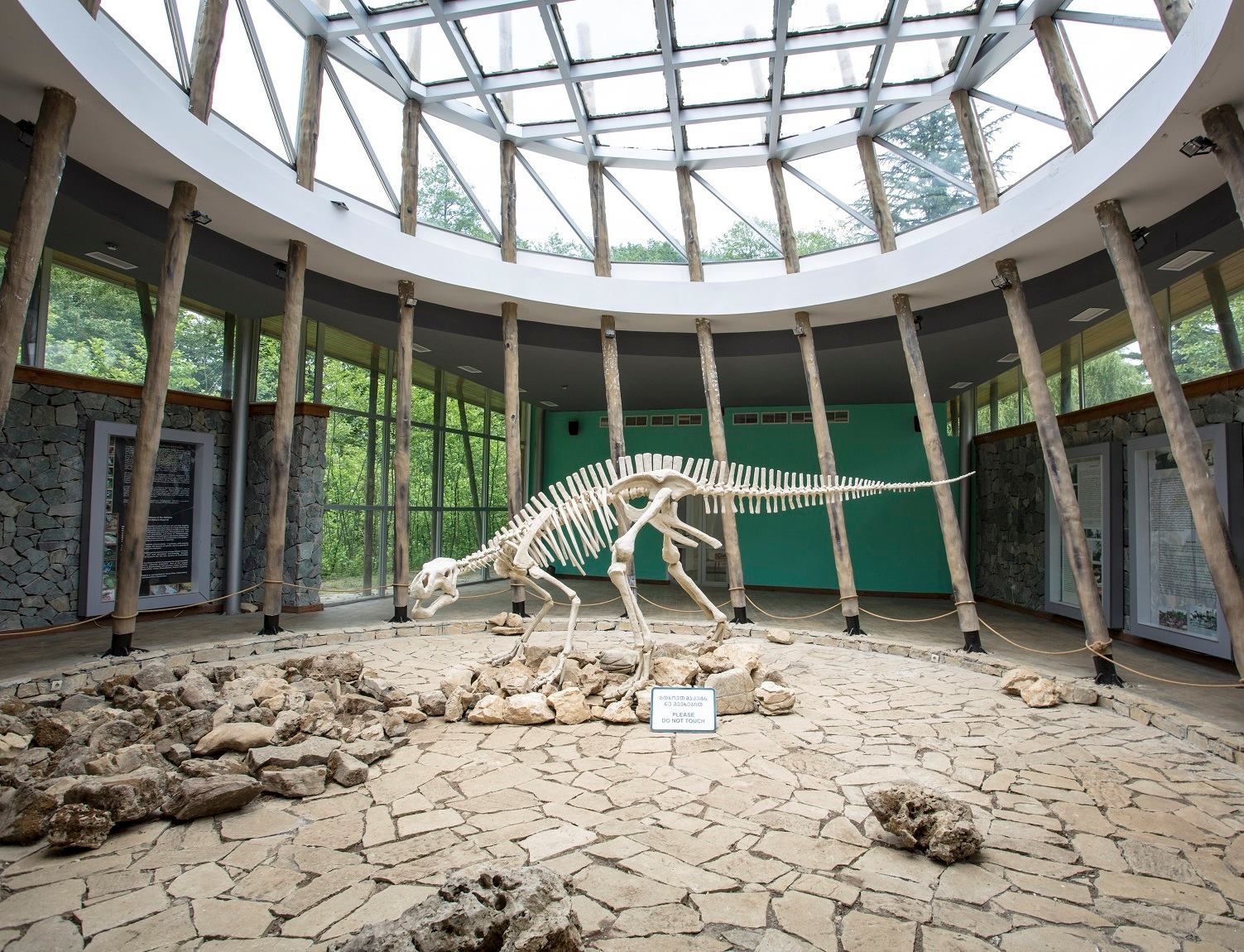
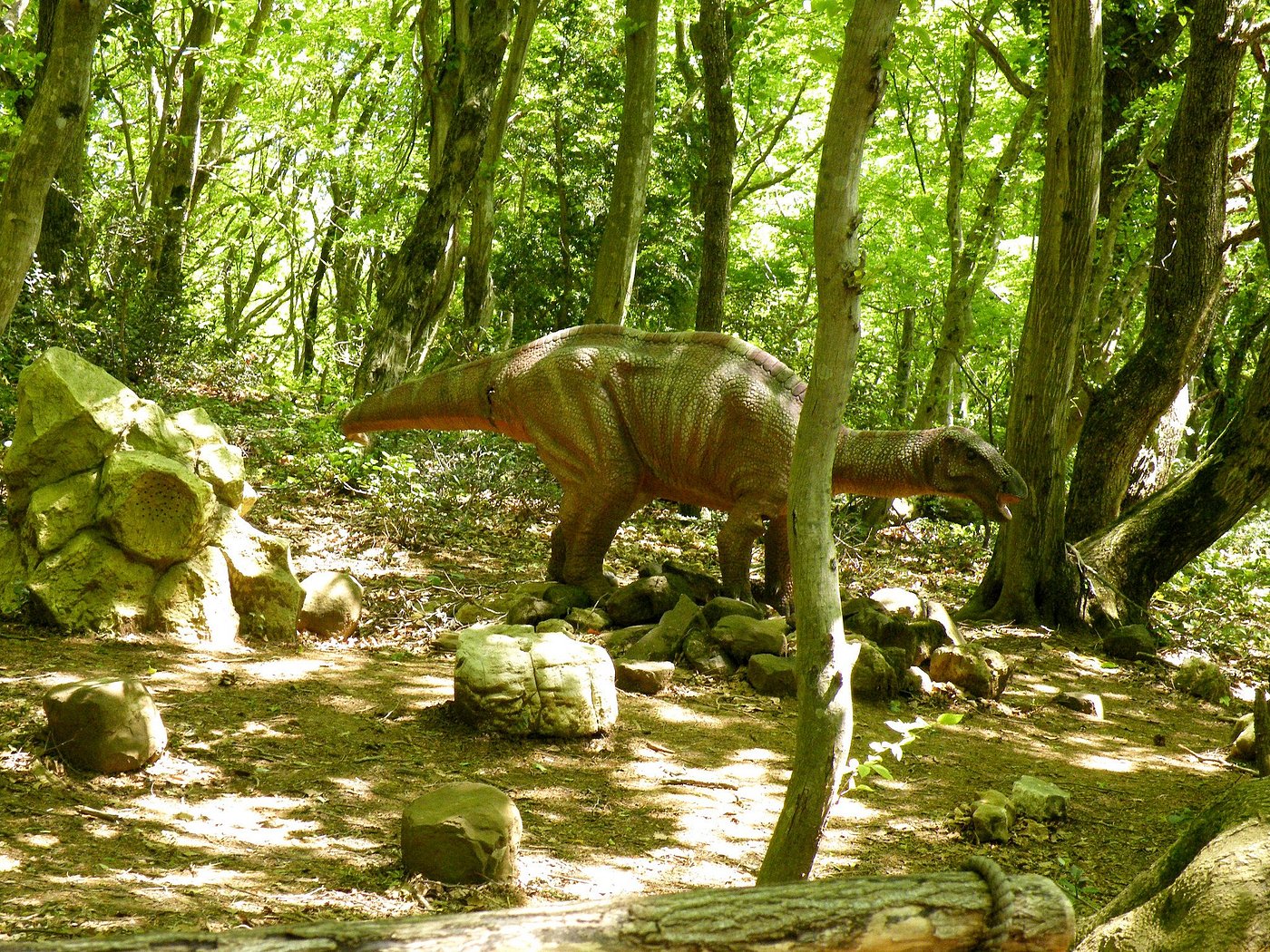
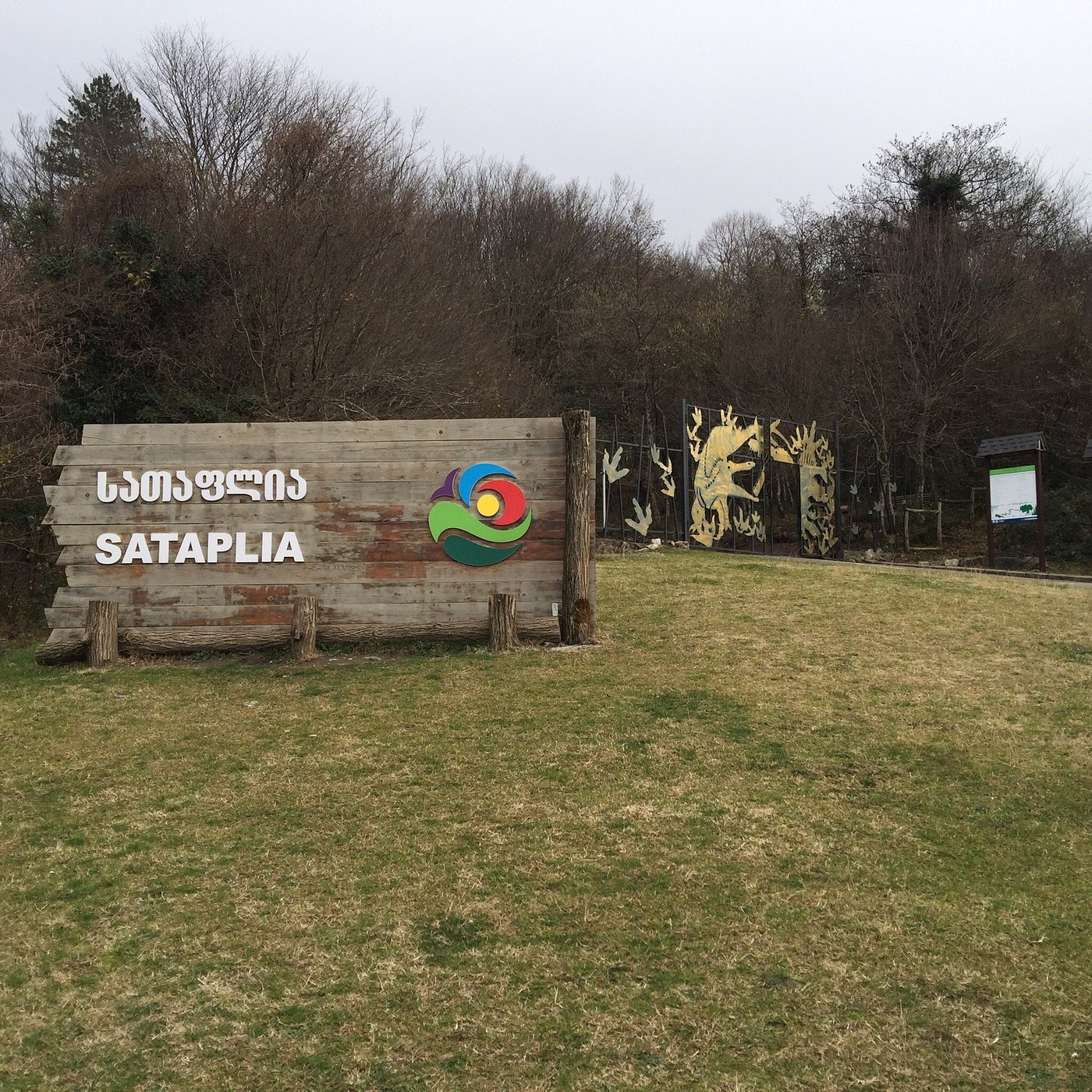
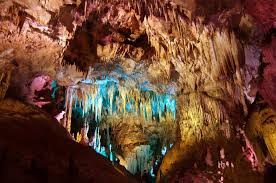
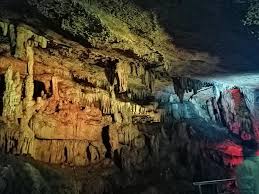
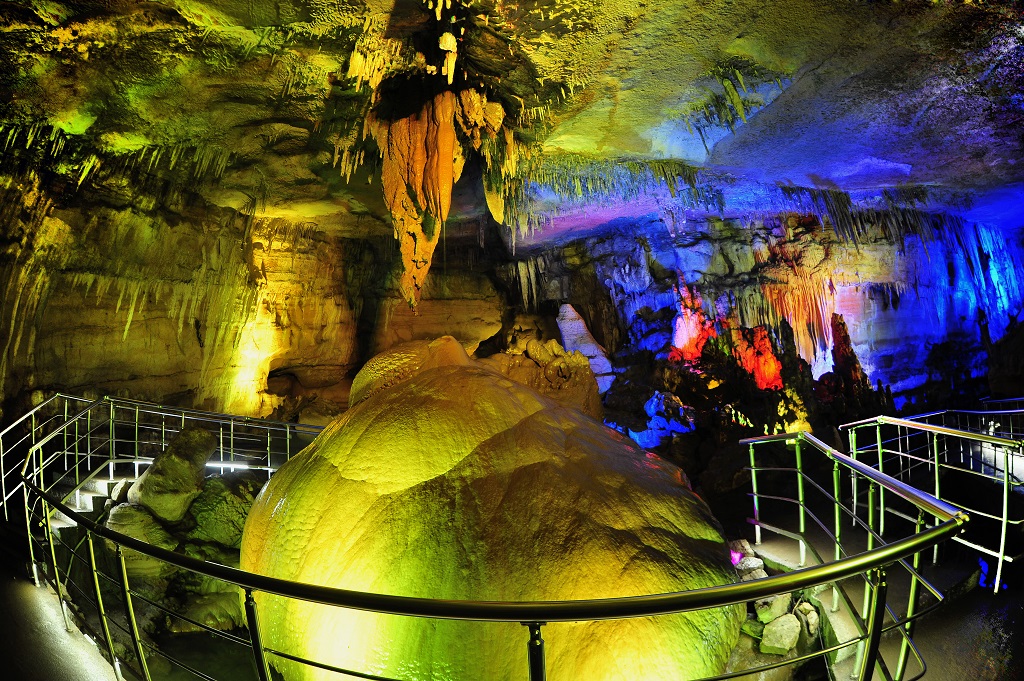
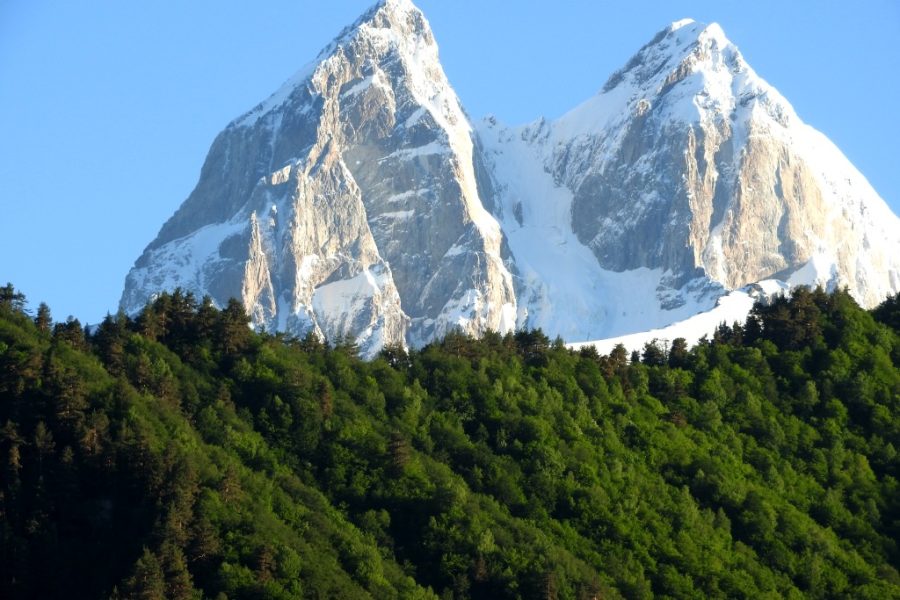
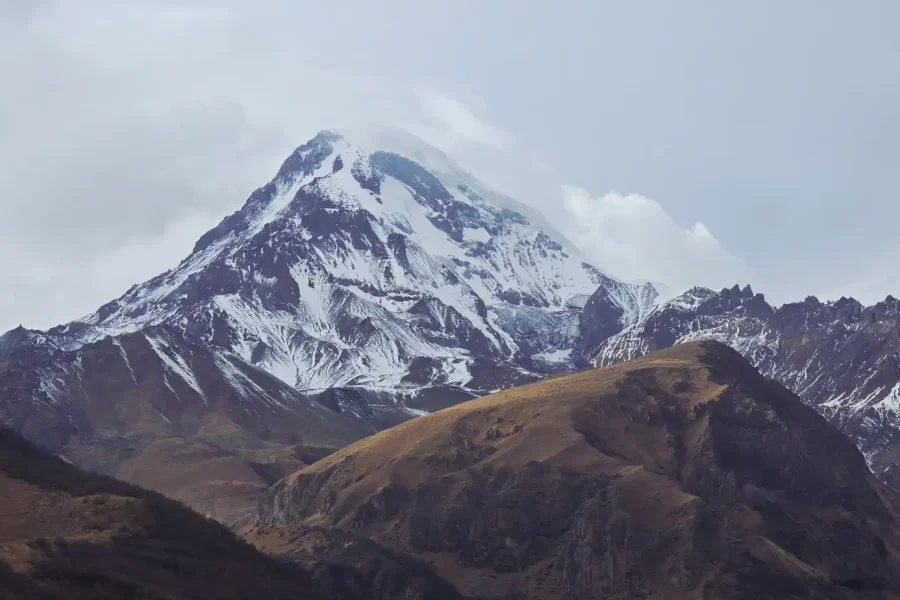
Leave a review